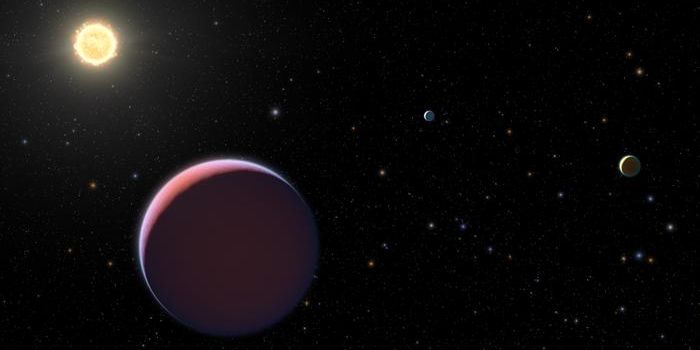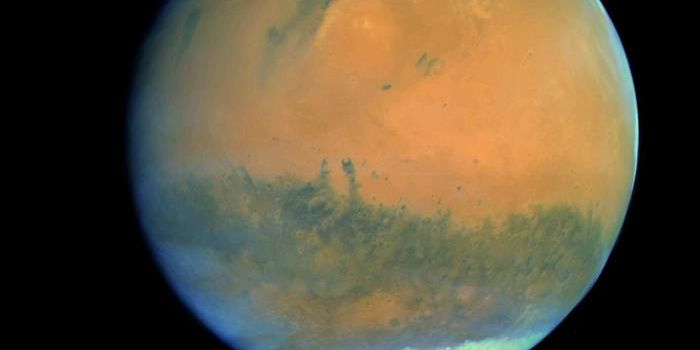There's Something in the Sky! Organic Matter in Meteorite Linked to Mars

Space has the ultimate element of surprise: we never know what we will learn from it next. Space and the potential for life other than our own has fascinated cultures worldwide, with no end in sight. The main question: is there life outside our planet? A Martian meteorite studied by a collective of researchers from Munich and the Carnegie Institution for Science may have an answer for us.
Eleven years ago, one of five Martian meteorites ever observed falling to earth landed in Morocco, scattering pieces within a thirty-mile radius of where it landed, including the nearby village of Tissint, Morocco. The last one witnessed to land was in Nigeria in 1964.
The Tissint Meteorite ejected from the surface of mars over 700,000 years ago. It holds materials from all three major components of the red planet: the atmosphere, the interior, and the surface of the red planet. Meteorites like this one have offered scientists an extraordinary chance to study the surface of one planet thought to have once held or have the potential in the future to host life.
This sample is particularly special because it was collected soon after landing on earth, leaving minimal chances for contamination, and is considered a pristine Martian sample.
The sampling of groundmass, a glassy pocket fragment selected for volatile analysis, was tested to measure the amount of carbon, oxygen, and nitrogen levels, as well as many other elements. Tests were performed to understand its composition fully.
Martian meteorites are predominately igneous materials. The Tissint meteorite is comprised of an olivine shergottite (basaltic rocks) and other composite matter highly similar to the meteorite found in Antarctica. Its unique composition shows high-pressure stages of seven minerals and two mineral glasses in an uneven pattern that is indicative of high shock-metamorphism.
This meteorite is exceptional because it has allowed scientists to begin to understand the mineral formation process of Mars and the diversity of organic molecules on the red planet. Researchers were able to compile the most in-depth archive of organic compounds in Martian materials. During the analysis, they found a distinct organic magnesium compound not previously recorded on Mars. This find can offer new information on the red planet's high-temperature geochemistry.
Understanding these concepts and learning more about the organic compounds associated with life as we know it will allow for further clues on the biological processes and fundamental reactions responsible for forming life.
The Tissint meteorite is currently on show at the Natural History Museum in London, which has a meteorite collection that was started in 1802. Since then, the Natural History Museum of London has amassed over 2000 specimens.
Sources: Eurekalert, Science, BBC, NHM
Image Credit: Tissint meteorite photograph courtesy of Kurt Kracher, Natural History Museum Vienna.








